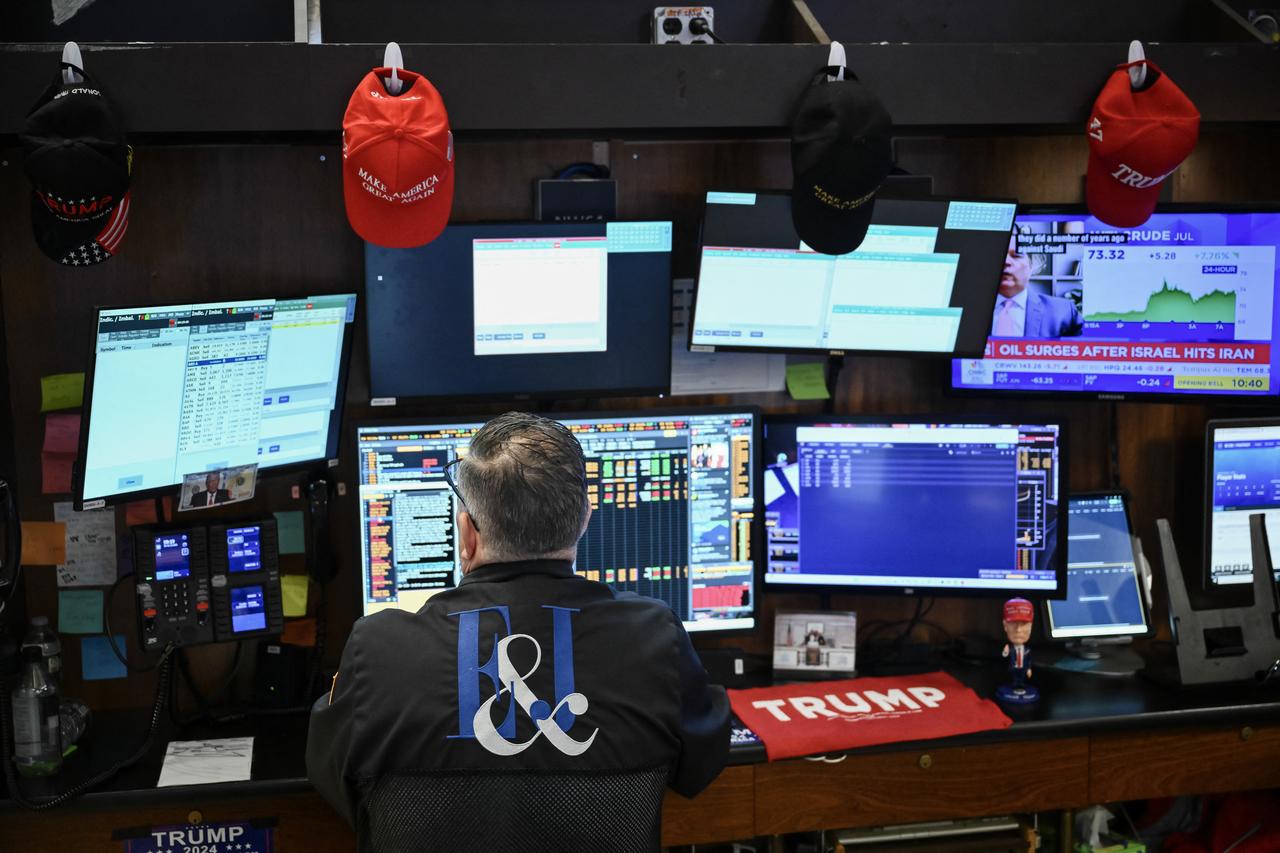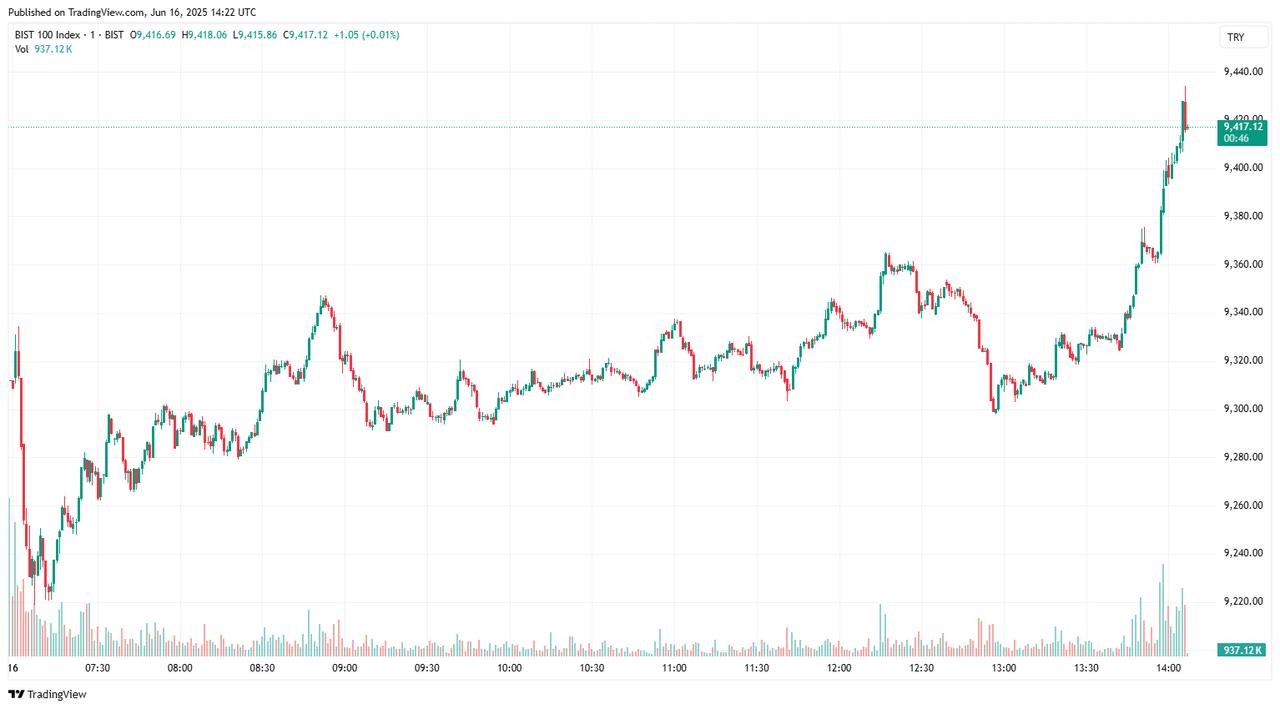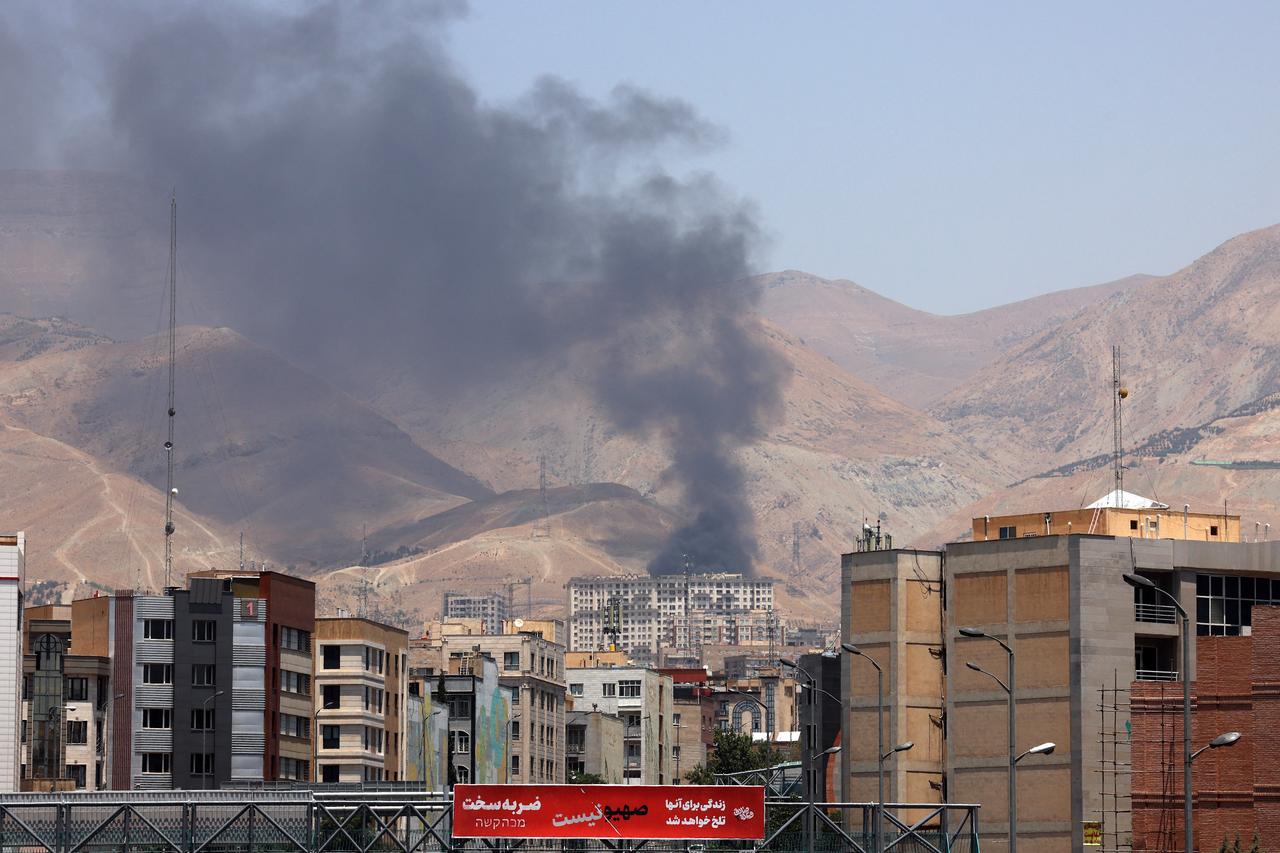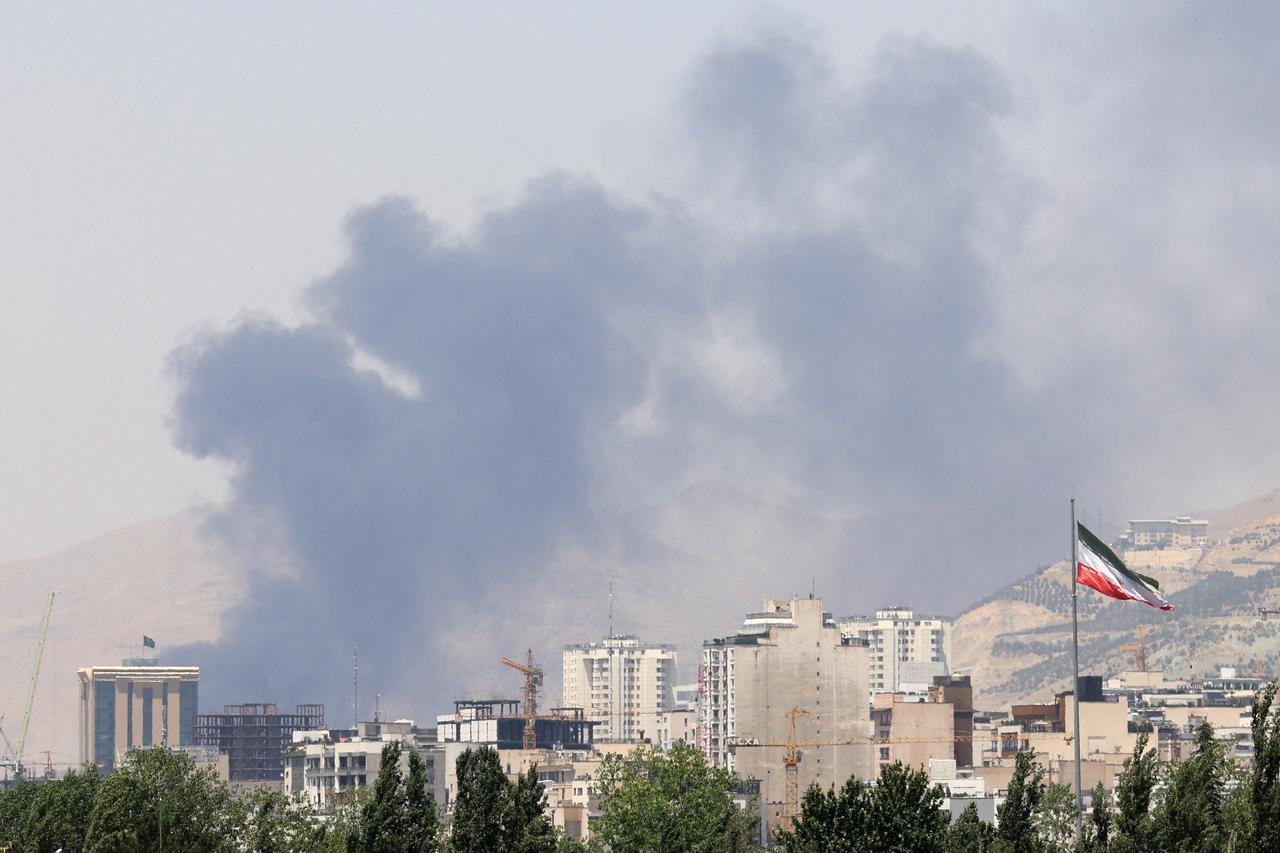
Global financial markets show a surprisingly calm response as conflict between Israel and Iran continues, with investors pricing in a limited escalation and no immediate threat to global oil supply or U.S. interests.
Despite ongoing hostilities, risk assets have gained ground, while traditional safe havens such as gold and oil have lost momentum.
While geopolitical risks have surged due to intensified Israel-Iran clashes over the weekend, financial markets have largely maintained their composure.
Contrary to expectations of a flight to safety, global stocks and Bitcoin have posted gains, while gold and oil prices have edged lower.
As of 4:15 p.m. local time (GMT+3), spot gold declined by 0.65% to $3,410 per ounce. Brent crude fell 1% to $73 per barrel.
Meanwhile, Europe’s benchmark Stoxx Europe 600 index rose by 0.45%. U.S. stock futures climbed between 0.60% and 0.80%, while Japan’s Nikkei and China’s Shanghai Composite closed up by 1.26% and 0.35%, respectively.
Türkiye’s Borsa Istanbul BIST 100 index was also slightly up, gaining around 0.10%. Bitcoin rose by over 1% to $106,700.

The market response has prompted questions about why risk assets are rising in the face of regional conflict. According to financial data provider Finera, markets are factoring in a scenario in which the current conflict remains contained between Israel and Iran without drawing in other major powers.
This so-called “limited conflict” scenario assumes that Iran’s weakened military capacity and internal constraints would prevent the situation from spiraling into a broader war.
Under this assumption, oil prices could remain around $60 per barrel, avoiding major supply shocks.
A second scenario considers the possibility of Iran escalating with more forceful but still limited counterattacks, raising the risk of disruption in the Strait of Hormuz—a key oil transit chokepoint. In that case, oil prices could move closer to $100 per barrel.
A third and most severe scenario envisions Iran attacking U.S. assets and the closure of the Strait of Hormuz, which could draw direct military responses from the U.S. and its allies.
This would likely push Brent prices above $130 per barrel and trigger a deep and prolonged global economic shock.
Middle East expert Dr. Mehmet Akif Koc suggested that a large-scale conflict remains unlikely, mainly due to Iran’s current domestic troubles and its limited ability to project power beyond the region.
He noted that a scenario where the conflict remains between Israel and Iran appears most probable, which explains the market’s moderate risk pricing.
In addition, the U.S. has so far avoided direct intervention, keeping diplomatic channels open. This has further supported market expectations that a major escalation can be avoided, stabilizing sentiment in energy markets.

Another market assessment, shared by analyst Caglar Kimence of Yapi Kredi, emphasized the military imbalance between the two countries.
He highlighted that Israel, with strong technological capacity and U.S. backing, has been able to carry out precise and effective strikes, while Iran has mostly relied on rocket responses from afar, as the two countries do not share a border.
Kimence added that Iran’s weakened infrastructure and leadership losses in recent days have diminished its ability to sustain a prolonged confrontation. He concluded that unless the nature of the conflict changes significantly, its impact on markets may remain limited.

Several developments have also helped to calm fears of further escalation. U.S. President Donald Trump said on Sunday that peace between Israel and Iran was possible and that ongoing talks were underway.
He also expressed his reluctance to see oil prices rise further, given their inflationary impact on the U.S. economy.
Analysts also pointed out the absence of any synchronized response from China or Russia to the U.S. and Israeli actions, further isolating Iran diplomatically.
A recent meeting between Trump and Russian President Vladimir Putin appeared to signal that Washington and Moscow were not directly at odds over the conflict.
Moreover, Iran’s inability to mount a more forceful military response—highlighted by the destruction of critical infrastructure in Tehran—has led markets to believe that the risk of broader war may be overstated, at least for now.